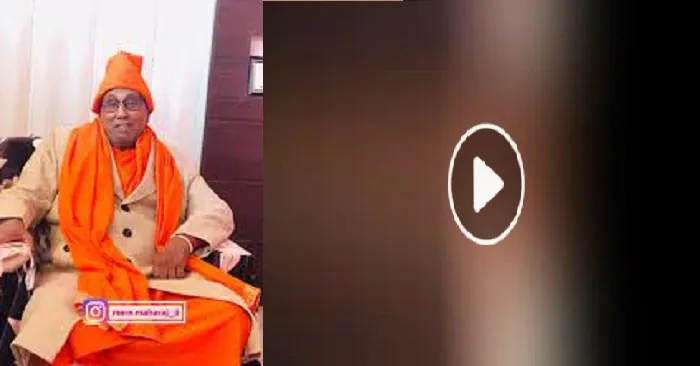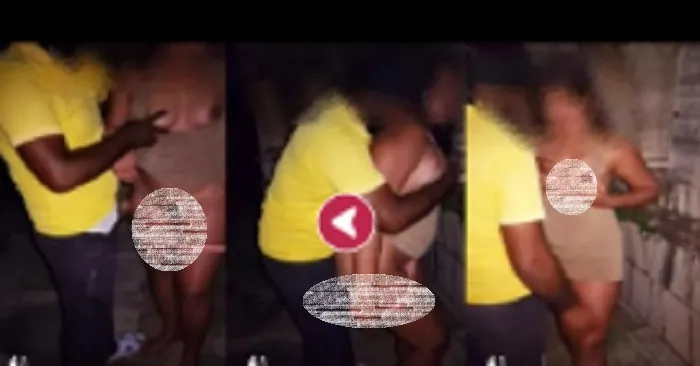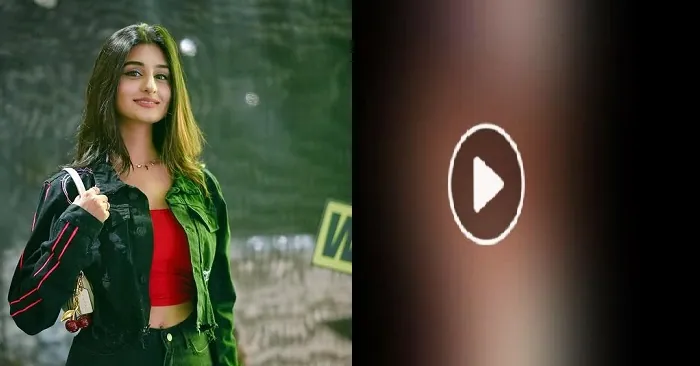Deep fake refers to the use of artificial intelligence (AI) to manipulate and alter videos by morphing someone else’s face or body features onto another person. This unethical application of AI technology can have significant consequences, affecting personal, digital, and real-world appearances.
Concerns and Misuse of AI:
While AI has undeniably improved various aspects of life, its misuse, as seen in deep fakes, poses serious threats. Creating misleading and inappropriate media content using AI is not only unethical but also illegal, leading to potential legal troubles.
Case Study: Priyanka Chopra’s Deep Fake Viral Video:
A recent incident involves a viral video featuring Priyanka Chopra, where her image was manipulated to promote a brand. The distorted content was not only sexually explicit but also misrepresented Priyanka Chopra’s endorsement, raising concerns about the impact of deep fakes on public perception.
Pattern of Deep Fake Incidents:
This incident is not isolated. Similar instances involving celebrities like Kajol and Alia Bhatt have occurred, where original videos were manipulated to include inappropriate content. The trend of creating deep fakes of well-known personalities for increased engagement and audience reach is on the rise.
Celebrities and Deep Fakes:
Celebrities and media personalities are frequent targets of deep fakes due to the potential for higher engagement. Cases involving Rashmika Mandanna, Alia Bhatt, Kajol, Katrina Kaif, and others have gained widespread attention, highlighting the need for increased awareness and caution regarding personal data shared on social media.
Conclusion and Responsibility:
In conclusion, the rise of deep fakes underscores the importance of responsible AI use. It is crucial for individuals to be mindful of the content they share online, as the ease of breaching personal data poses significant risks. Awareness and vigilance are key in combating the negative implications of deep fake technology in the digital age.
Frequently Asked Questions (FAQs) about Deep Fakes
1. What is a deep fake?
A deep fake is a manipulated video or audio clip created using artificial intelligence (AI) to make it appear as though someone is saying or doing things they never did.
2. How are deep fakes made?
Deep fakes use advanced AI algorithms to replace or manipulate specific features, such as a person’s face or voice, in a video or audio recording, creating a deceptive and often misleading result.
3. Why are deep fakes a concern?
Deep fakes raise concerns because they can be used to spread false information, damage reputations, and create misleading narratives, impacting individuals, businesses, and public figures.
4. Are deep fakes illegal?
Yes, in many cases, deep fakes can be illegal, especially when they involve defamation, misinformation, or explicit content without consent. Laws regarding deep fakes vary, but they often fall under existing privacy and defamation laws.
5. How can I identify a deep fake?
Identifying a deep fake can be challenging, but some signs include unnatural facial expressions, inconsistent lighting, or audio that doesn’t match the person’s usual voice patterns. However, detection methods are continually evolving as deep fake technology advances.
6. Are celebrities more targeted by deep fakes?
Yes, celebrities are often targeted because deep fakes featuring well-known personalities tend to attract more attention and engagement online.
7. Can deep fakes be used for positive purposes?
While the technology behind deep fakes can have positive applications, such as in the entertainment industry or for dubbing purposes, the ethical use of this technology is a significant concern.
8. How can individuals protect themselves from deep fakes?
Individuals can protect themselves by being cautious about the information they share online, using privacy settings on social media, and being skeptical of content that seems suspicious or out of character.
9. Are there laws or regulations specifically addressing deep fakes?
Some jurisdictions have started to introduce or consider laws specifically addressing deep fakes, but the legal landscape is still evolving. Existing laws related to defamation, privacy, and intellectual property may be applied to deep fake cases.
10. What should I do if I come across a deep fake involving me or someone I know?
If you encounter a deep fake that involves you or someone you know, it’s advisable to report it to the platform hosting the content and, if necessary, seek legal advice. Prompt action can help mitigate potential harm caused by the spread of misinformation.





